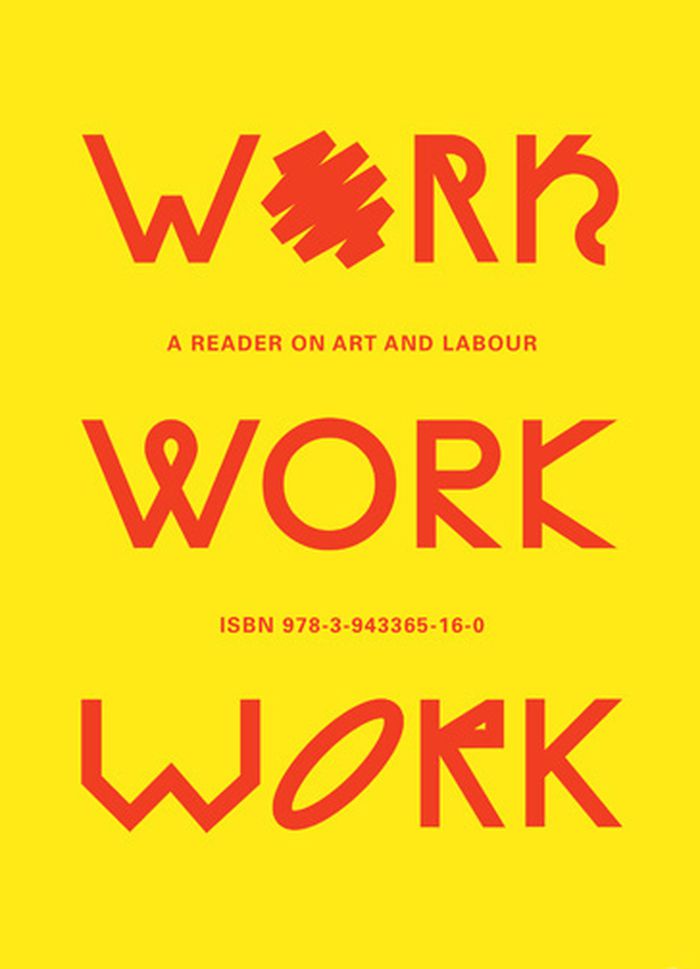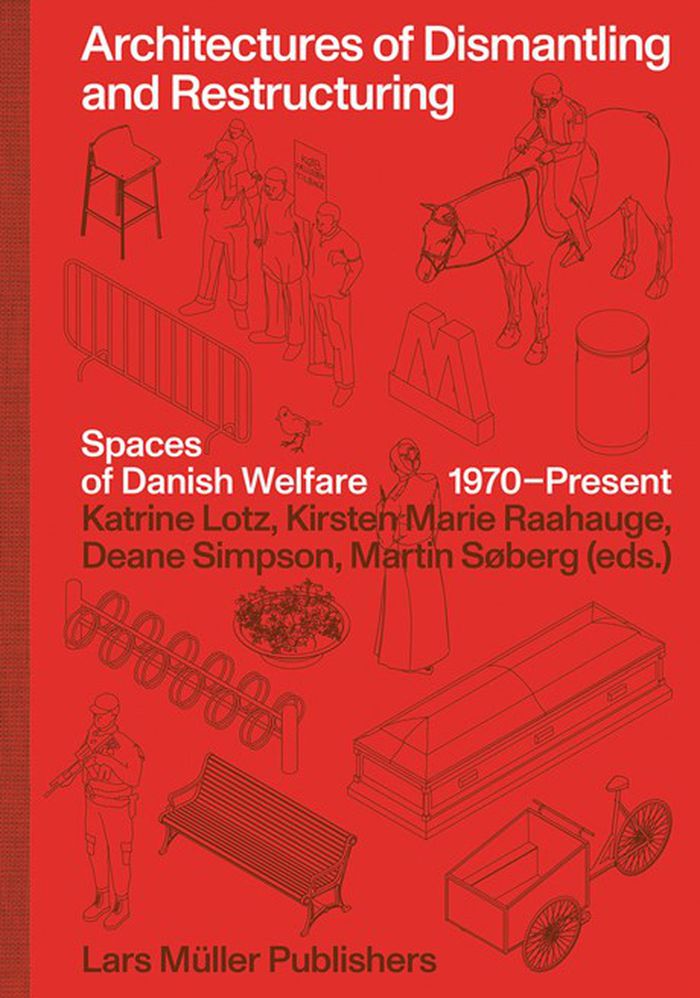$31.95
(available to order)
Summary:
The relationship of art to work and the conditions of artistic production has long engaged many in the field of visual art. Work is a broad concept, the meaning of which has changed radically as a result of the social and technological transformations that have taken place over the past century. What, then, is “work” today and what is its relation to art? What is the(...)
Work, work, work: a reader on art and labour
Actions:
Price:
$31.95
(available to order)
Summary:
The relationship of art to work and the conditions of artistic production has long engaged many in the field of visual art. Work is a broad concept, the meaning of which has changed radically as a result of the social and technological transformations that have taken place over the past century. What, then, is “work” today and what is its relation to art? What is the position of the artist if “creativity” has become a commodity? How can the artist’s conditions of production be described, and what role can art and architecture play in societal change?
Critical Theory
$56.00
(available to order)
Summary:
This publication explores a series of urgent questions addressing architecture’s role in the welfare and everyday life of citizens, from the interdisciplinary perspectives of architecture, art history and anthropology. With Denmark as a case, it examines how the spatiality of the welfare system has transformed, since the end of the so-called “golden age of the welfare(...)
Architectural Theory
September 2022
Architectures of dismantling and restructuring: Spaces of Danish welfare, 1970-present
Actions:
Price:
$56.00
(available to order)
Summary:
This publication explores a series of urgent questions addressing architecture’s role in the welfare and everyday life of citizens, from the interdisciplinary perspectives of architecture, art history and anthropology. With Denmark as a case, it examines how the spatiality of the welfare system has transformed, since the end of the so-called “golden age of the welfare state” in the early 1970s until today. Rather than unfolding a singular narrative of loss and nostalgia associated with welfare dismantlement – or one of triumphant humanization and restructuring of modernist planned environments – it describes shifting spatial materializations of welfare and the “good life” at the intersection of these two tendencies, under the influence of a Danish version of the neoliberal turn and other important societal transformations. A rich analytical sequence of drawn visualization supplements the book’s textual and photographic descriptions of welfare space transformation.
Architectural Theory
books
Description:
232 pages : illustrations, maps ; 24 cm.
Saint Étienne : Publications de l'Université de Saint-Etienne, 2024., ©2024
Partager les sols : milieux, ressources et mémoires en question / Georges-Henry Laffont, David Robin.
Actions:
Holdings:
Description:
232 pages : illustrations, maps ; 24 cm.
books
Saint Étienne : Publications de l'Université de Saint-Etienne, 2024., ©2024

